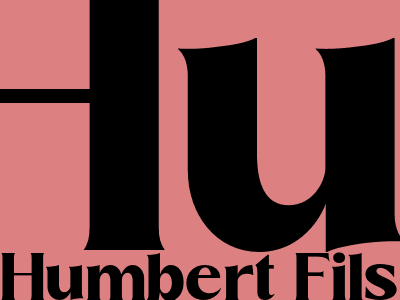Fake Champagne: The Rise of Faux Sparkling Wines
An In-Depth Look at the Growing Market for Inauthentic Bubbly
The Explosion of Faux Fizz
The champagne industry is facing a growing threat from a new breed of sparkling wines: faux champagne. These wines are made in the same way as champagne, using the same grapes and techniques, but they are not produced in the Champagne region of France. As a result, they can be sold for a fraction of the price of real champagne.
Faux champagne has become increasingly popular in recent years, due to its lower price and its growing availability. It is now sold in many supermarkets and wine stores, and it is often served at weddings and other special occasions.
The Impact on the Champagne Industry
The rise of faux champagne has had a significant impact on the champagne industry. In 2017, sales of champagne fell by 3.5%, the first decline in sales in over a decade. This decline is largely due to the popularity of faux champagne.
The champagne industry is fighting back against the threat of faux champagne. In 2018, the Comité Interprofessionnel du Vin de Champagne (CIVC), the trade association for the champagne industry, launched a campaign to educate consumers about the difference between champagne and faux champagne.
The Future of Faux Champagne
The future of faux champagne is uncertain. It is possible that the popularity of faux champagne will continue to grow, as more consumers become aware of it and its lower price. However, it is also possible that the champagne industry will be successful in its efforts to educate consumers about the difference between champagne and faux champagne.
Only time will tell what the future holds for faux champagne. However, one thing is for sure: the rise of faux champagne is a major challenge to the champagne industry.
The Difference Between Champagne and Faux Champagne
There are a few key differences between champagne and faux champagne.
- Region: Champagne is produced in the Champagne region of France. Faux champagne is produced in other regions, such as California, Spain, and Australia.
- Grapes: Champagne is made from three grapes: Chardonnay, Pinot Noir, and Pinot Meunier. Faux champagne can be made from any type of grape.
- Production method: Champagne is made using the traditional method, which involves a second fermentation in the bottle. Faux champagne is often made using the Charmat method, which involves a second fermentation in a tank.
These differences in region, grapes, and production method give champagne its unique flavor and aroma. Faux champagne may taste similar to champagne, but it will not have the same complexity or depth of flavor.
How to Spot Faux Champagne
There are a few things you can look for to spot faux champagne.
- The label: Champagne will always have the word "Champagne" on the label. Faux champagne may have a similar name, such as "California Champagne" or "Sparkling Wine."
- The region: Champagne will always be produced in the Champagne region of France. Faux champagne will be produced in other regions, such as California, Spain, or Australia.
- The price: Champagne is typically more expensive than faux champagne. If you see a bottle of sparkling wine that is being sold for a very low price, it is likely to be faux champagne.
If you are unsure whether or not a bottle of sparkling wine is champagne, you can always ask the seller or check the label.

Comments